What is a picture?
If we want to understand what a picture is, then we must look at the difference between perception and imagination.

1. Perception
If you asked me to make a drawing of the plant on my balcony, I could go look and make something like this:
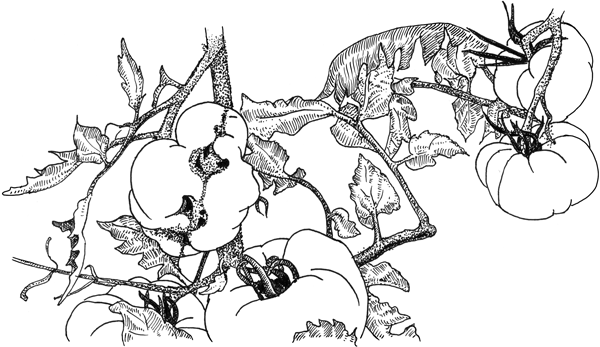
This drawing is fairly detailed and “realistic”. And yet, does it show the subject completely? No.
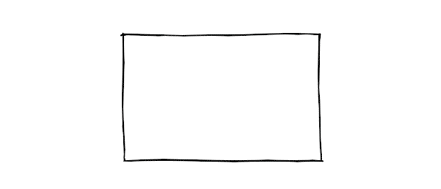
Even if I spent more time—added more detail perhaps or picked various angles—it would be impossible to see everything there is. When we perceive the world we are confronted with an infinite stream of sensory data.

Now, the amount of available information might be abundant, but still—I can only see what is actually here. When I look at a tomato plant, I would not suddenly see a rose—unless it is actually there.

Our perception is always bound to the present situation.
So we can only see what is actually here, nothing else. But—we can imagine something that is not here!
2. Imagination
What if I drew a plant from memory?
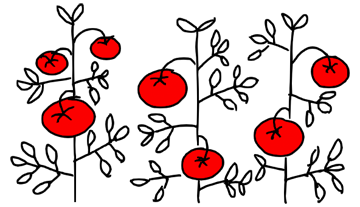
In drawings like this one we can see how I would imagine an object that is not here. Of course such drawings are less detailed. Drawings of the imaginary are so simple because our information about the object is limited by what we already know.

But, when we imagine an object we can change it in our mind.
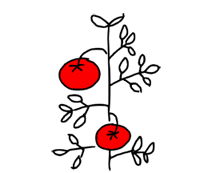
Our imagination is detached from reality, which is why we can willfully alter imaginary things! In fact, the imaginary is so unstable that is hard not to change it.
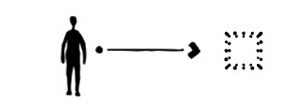
Ok, now we know the difference between perception and imagination.
But what does this have to do with pictures?
3. Picture
A picture is a combination of both, perception and imagination.
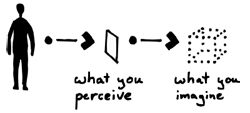
We perceive something that is present—a piece of paper with marks on it. And this perceived thing makes us imagine something else that is not present.
But you are not freely imagining things. Your imagination is bound to how you perceive that piece of paper—or screen for that matter. So when I show you this picture it will probably let you imagine a tomato, rather than something else. The imagination is fairly stable because your perception of the picture is.
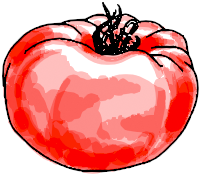
When looking at a picture you might think that you are seeing an object. But in fact you are imagining this object with the help of something else—in this case: the coloured pixels of a screen.

There is a fundamental difference between whether you perceive something directly—presentation—or whether you imagine it with the help of a medium—representation.
Medium
The physical medium is different from the object we imagine, which is why you probably—hopefully—did not try to eat that tomato shown above.

Usually we can recognise that difference quite easily. But this might be more difficult when the medium becomes more unobtrusive or “transparent”. A piece of paper with ink marks is easy to spot, but one might—maybe just for a brief moment—confuse a video screen for a window.
Augmented Reality (AR) glasses that blend virtual images perfectly with our real environment could make us forget that we are wearing them. And yet, even if we don’t notice it: the medium and what we see are not the same!
Form
Also, an imagined object does not look like the real thing.

This is obvious when we look at a simple drawing. We both know that tomatoes don’t have black outlines. But what about a photograph?

It might look more similar to a tomato than my crude drawing. But this static object still looks different from the real thing! I even cheated a little and made it look nicer.
Even if you had a live video conference with a tomato you would still only see a mediated image, not the real thing. So it might look more or less tasty, depending on the quality of its webcam.
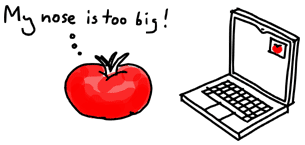
At some point we might mistake a perfectly rendered image of a tomato in Virtual Reality for a real tomato. But even if the dissimilarity between the imaginary and the real thing is hard or impossible to trace, that does not change the fact that there is a difference.
4. Visual expression
When we look at a picture, the object we “see”—or better: represent—is different in two ways. It is different from the medium and different from the real thing in form.

We could regard these dissimilarities as a weakness of pictures and aim to make them more realistic or similar to the real thing. But in fact, that tension or difference between the perception of a real object and its representation in a picture is its strength! It gives us an opportunity to show something.

Our choice of medium and form influences how we imagine something.
So… what is a picture?
A picture is an object that is here and because of its look makes us imagine something else that is not here.
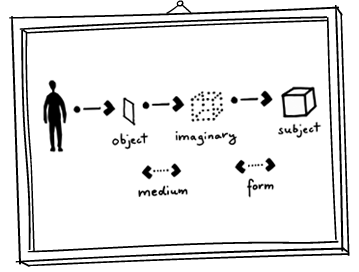
And because the medium and the real thing are unlike what we imagine, a picture offers us room for interpretation—and thus: expression.
Here is how you can get started: A quick beginner’s guide to drawing
Before you go
If you enjoyed this article, then subscribe to my mailing list to receive more animated stories!
So thought provoking. Thank you. Wonderful work as always.
This is such an important distinction and very important to remember in an ever more digitalized and mediated world. I was reminded of Satre’s L’Imaginaire, Thank you!
Yes Katja, I love “L’Imaginaire” and even more so Edmund Husserl’s ideas on which Sartre built.
Beautifully explained. Thank you for this! As media get more and more unobtrusive, we forget that they are altering our perception of reality.
Invaluably didactic!
Thanks
I really enjoy your articles. They each present a very simple and easy to digest idea, and the drawing exercises give us a way to consider and explore these ideas ourselves. I have gotten lost down the rabbit hole of this blog
Invaluable didactic!
Thanks